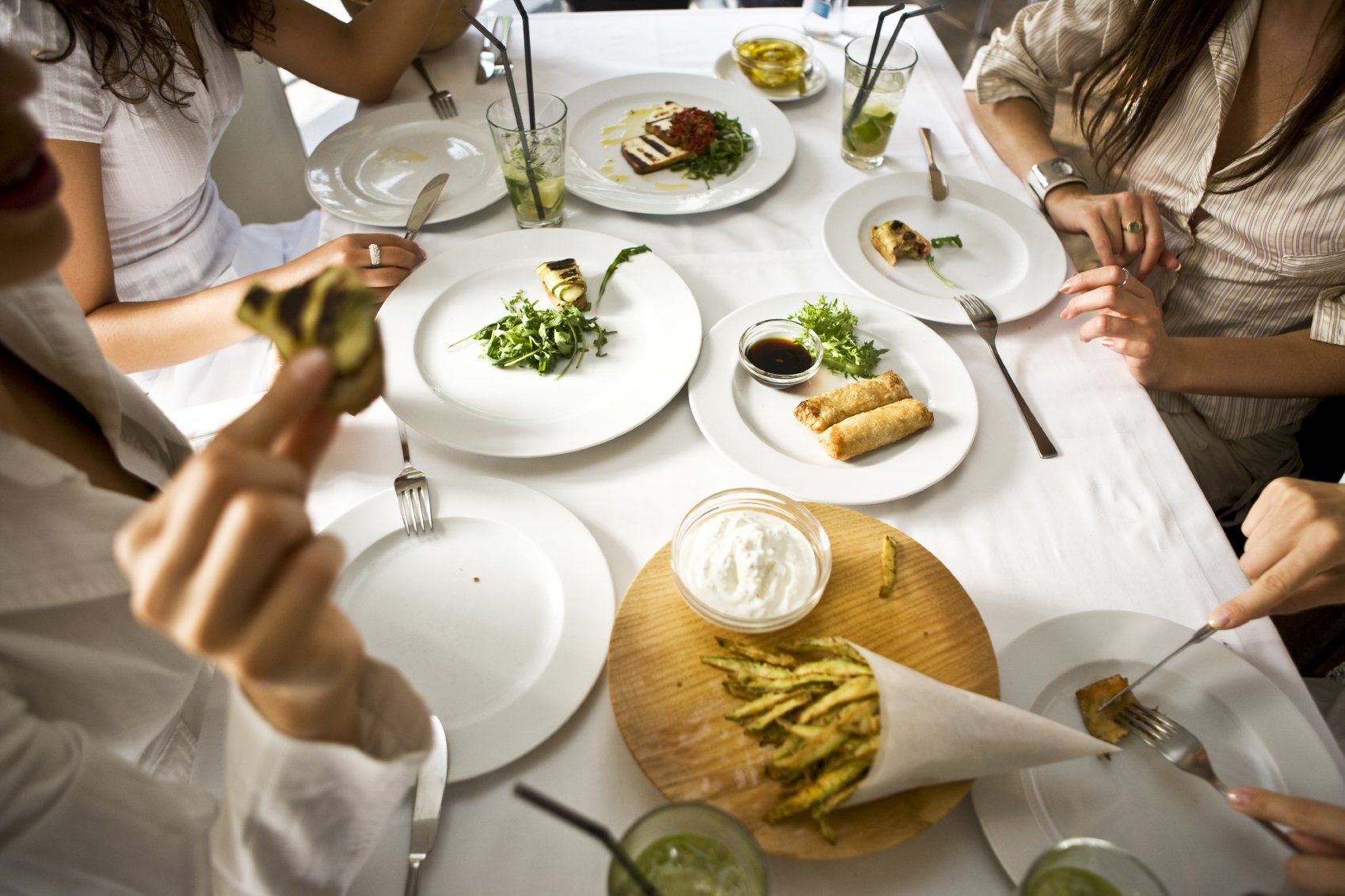
Rights & Self Advocacy
Hope Program Updates
If anyone in the group is also attending in-person, maybe they can share what some of the in-person programming is like. If presenters have information coming from meetings and updates, please share them here.
Thematic Media
Part of learning about others is understanding how their lives are different from ours. As we have learned in program, the disability rights movement in the United States has made progress. In other places the idea that people with disabilities have rights is not yet fully accepted. That includes the right to go to school and learn.
Imagine what your life would have been like if there was no school you could attend, no special education programs, no organizations like Hope.
People in places that are far behind in disbility rights are trying to change that and establish legal rights to basic services like going to school, getting modifications, and standards like inclusion in general education.
Watch this video about an effort in India to provide education for kids with differabilities.
Thematic Activity
Principles of Disability Rights
PRESENTERS: click on a principle on the left column and read the principle to your group. Explain the principle. If your group is not too large, have them give their opinions.
PRESENTERS: Help participants evaluate if the exercise is DOABLE for them and offer a different option if it isn't
Skills Media
Learning about others helps create a more fair and just society. The better we understand people's needs and how they see things, the more comfortable we will be when people want to do things differently than we would.
Feelings and thoughts are different. Watch this video explaining the difference.
When we have differences from others we have both thoughts and feelings about that experience. If we can recognize our thoughts and then see the feelings that might be caused by them we have a better way to respond to others in the world we share.
Skills Information
Look at the way thoughts can lead to feelings.
- Either-or and All-or-nothing thoughts make us feel trapped and stuck with few choices. Hardly anything is really that simple.
- When we use the word "always" or "never" we feel like the situation is unchangeable. Almost everything changes over time or situation.
- We dislike something so we think that everything associated with it is no good. That makes us feel like the whole situation is ruined.
- We think we know what someone else is thinking and we react to what WE think THEY think instead of just asking them what they really think.
Skills Applied
- Joe's car died one morning and he thought "I can either leave this juker in the street or go into debt to fix it again." It made him feel hopeless. How might Joe feel differently if he said to himself "Wow. That is a real pain. I will have to brainstorm some solutions to my transportation problem."
- Amy saw her roommates coffee cup in the sink and thought "They NEVER do the dishes." It made her angry. How might Amy feel if she said to herself "They left a coffee cup in the sink. I wonder why they didn't wash it this time."
- Dani checked on the party snacks only to find that ants had invaded the chips bowl. They thought "Now I have to throw out everything!" It made them feel frustrated. How might Dani feel differently if they said "Oh boy. I better get those chips out of here before those ants find the rest of the food."
- Ida saw her Dad's eyebrows go down while he watched TV. She thought "Oh man. He's mad. I better be quiet." It made her feel lonely. How might Ida feel if she said to herself "I wonder what he saw on TV... I should ask."
PRESENTERS: Help participants evaluate if the exercise is DOABLE for them and offer a different option if it isn't
Fun Stuff
GEtting to know you games - try one
Sequence the Hour


